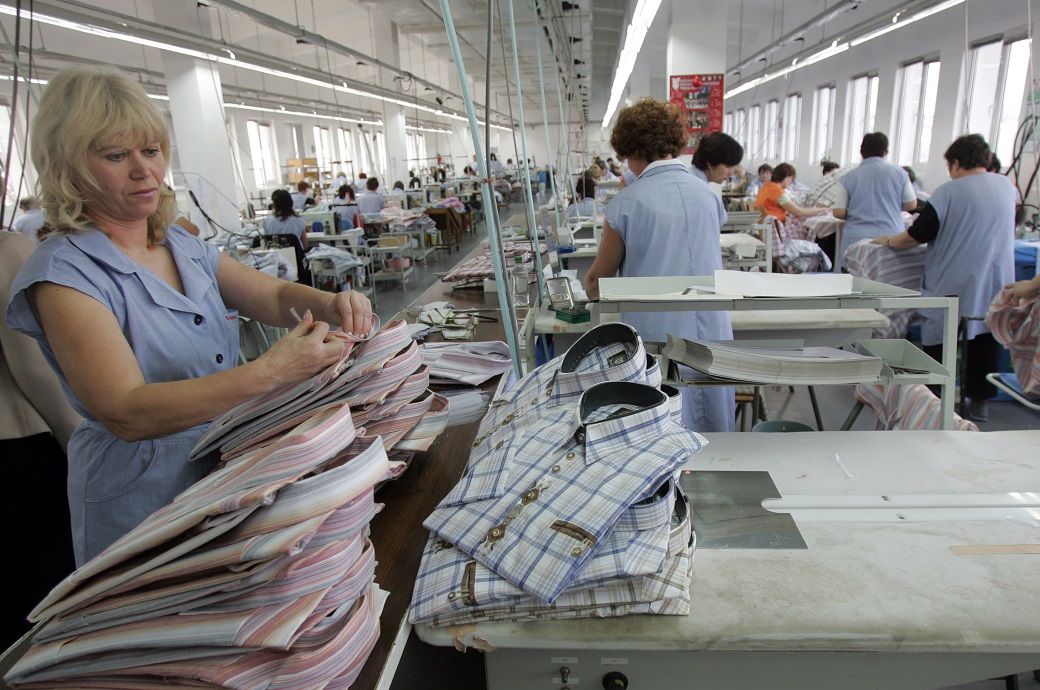
The Labour Cost Index is a short-term indicator showing the development of hourly labour costs incurred by employers, in nominal terms, that is without adjusting for price developments. It is calculated dividing the labour cost in national currency by the number of hours worked, according to a press release by Eurostat. Therefore, the development of variables, labour costs and hours worked, affect the evolution of the index (base year = 2016).
The two main components of labour costs are wages and salaries and non-wage costs. In the euro area, wages and salaries per hour worked increased by 4.1 per cent, while the non-wage component rose by 3.8 per cent in the second quarter of 2022, compared with the same quarter of the previous year. In the EU, hourly wages and salaries increased by 4.5 per cent and the non-wage component by 4.1 per cent in the second quarter of 2022.
In the second quarter of 2022 compared with the same quarter of the previous year, hourly labour costs in the euro area rose by 4.3 per cent in the (mainly) non-business economy and by 3.9 per cent in the business economy: +2.2 per cent in industry, +2.8 per cent in construction, and +4.9 per cent in services. In the EU, hourly labour cost grew by 4.2 per cent in the (mainly) non-business economy and by 4.4 per cent in the business economy: +2.9 per cent in industry, +3.3 per cent in construction, and +5.3 per cent in services.
In the EU, the economic activities that recorded the highest annual increases in hourly wage costs were: NACE Rev. 2 section B – ‘Mining and quarrying’ (+6.9 per cent), N – ‘Administrative and support service activities’ (+6.6 per cent), M – ‘Professional, scientific, and technical activities’ (+6.3 per cent) and I – ‘Accommodation and food service activities’ (+6.0 per cent).
The two economic activities with the biggest annual increases in the non-wage component were NACE Rev. 2 section I – ‘Accommodation and food service activities’ (+41.0 per cent) and R – ‘Arts, entertainment and recreation’ (+14.1 per cent), while NACE Rev. 2 section F – ‘Construction’ recorded a decrease of 0.4 per cent.
In the second quarter of 2022 compared with the same quarter of the previous year, the highest increases in hourly wage costs for the whole economy were recorded in Hungary (+14.9 per cent) and Bulgaria (+14.6 per cent). Four more EU member states recorded an increase above 10 per cent namely: Lithuania (+12.4 per cent), Romania (+11.7 per cent), Poland (+11.1 per cent), and Estonia (+10.1 per cent). By contrast, the lowest increase in hourly wage costs for the whole economy was recorded in Greece (+0.8 per cent), added the release.
The euro area (EA19) includes Belgium, Germany, Estonia, Ireland, Greece, Spain, France, Italy, Cyprus, Latvia, Lithuania, Luxembourg, Malta, the Netherlands, Austria, Portugal, Slovenia, Slovakia, and Finland.
The European Union (EU27) includes Belgium, Bulgaria, Czechia, Denmark, Germany, Estonia, Ireland, Greece, Spain, France, Croatia, Italy, Cyprus, Latvia, Lithuania, Luxembourg, Hungary, Malta, the Netherlands, Austria, Poland, Portugal, Romania, Slovenia, Slovakia, Finland, and Sweden.
ALCHEMPro News Desk (NB)
Receive daily prices and market insights straight to your inbox. Subscribe to AlchemPro Weekly!